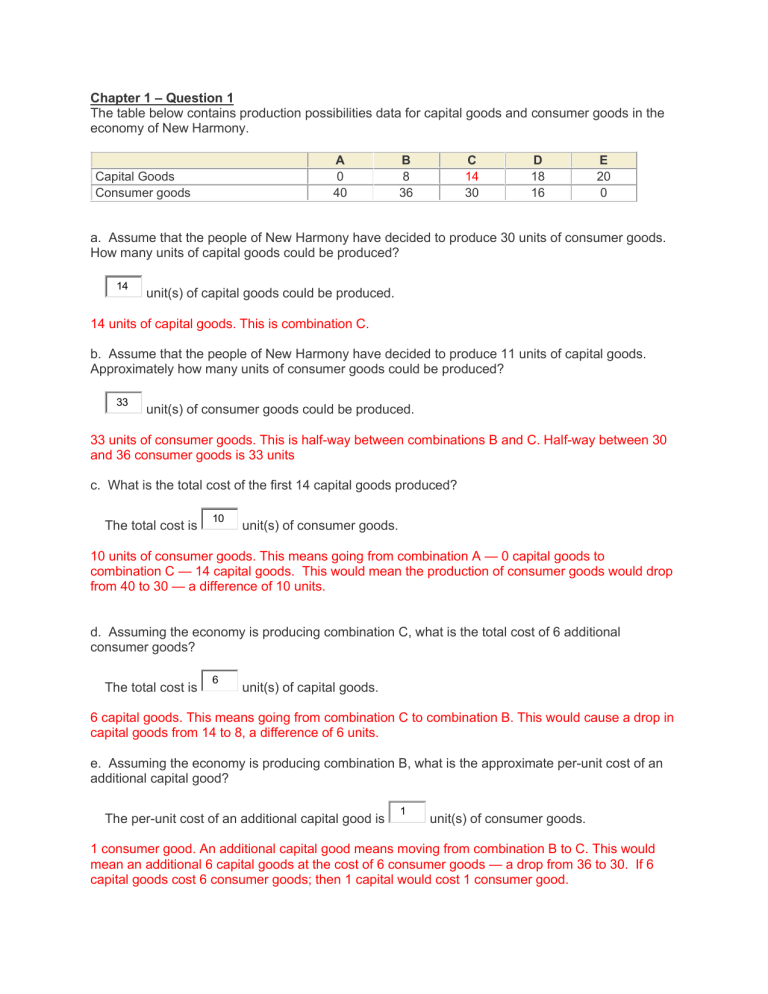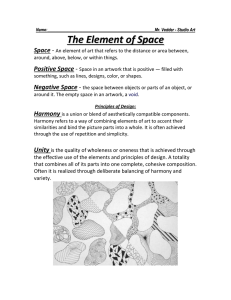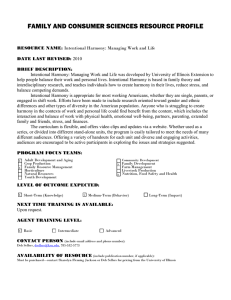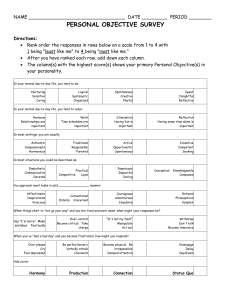
Chapter 1 – Question 1 The table below contains production possibilities data for capital goods and consumer goods in the economy of New Harmony. A 0 40 Capital Goods Consumer goods B 8 36 C 14 30 D 18 16 E 20 0 a. Assume that the people of New Harmony have decided to produce 30 units of consumer goods. How many units of capital goods could be produced? 14 unit(s) of capital goods could be produced. 14 units of capital goods. This is combination C. b. Assume that the people of New Harmony have decided to produce 11 units of capital goods. Approximately how many units of consumer goods could be produced? 33 unit(s) of consumer goods could be produced. 33 units of consumer goods. This is half-way between combinations B and C. Half-way between 30 and 36 consumer goods is 33 units c. What is the total cost of the first 14 capital goods produced? The total cost is 10 unit(s) of consumer goods. 10 units of consumer goods. This means going from combination A — 0 capital goods to combination C — 14 capital goods. This would mean the production of consumer goods would drop from 40 to 30 — a difference of 10 units. d. Assuming the economy is producing combination C, what is the total cost of 6 additional consumer goods? The total cost is 6 unit(s) of capital goods. 6 capital goods. This means going from combination C to combination B. This would cause a drop in capital goods from 14 to 8, a difference of 6 units. e. Assuming the economy is producing combination B, what is the approximate per-unit cost of an additional capital good? The per-unit cost of an additional capital good is 1 unit(s) of consumer goods. 1 consumer good. An additional capital good means moving from combination B to C. This would mean an additional 6 capital goods at the cost of 6 consumer goods — a drop from 36 to 30. If 6 capital goods cost 6 consumer goods; then 1 capital would cost 1 consumer good. f. Assuming the economy is producing combination C, what is the approximate per-unit cost of an additional capital good? Round your answer to 1 decimal place. The per-unit cost of an additional capital good is 3.5 unit(s) of consumer goods. 3 ½ (or 3.5) consumer goods. An additional capital good means moving from combination C to D. This would mean an additional 4 capital goods at the cost of 14 consumer goods — a drop from 30 to 16. If 4 capital goods costs 14 consumer goods; then 1 capital good would cost 14 / 4 (or 3.5) consumer goods. g. What law is illustrated in your answers to parts (e) and (f)? The law of increasing cost is illustrated by parts (e) and (f). h. Fill in the table below assuming that, 10 years later, the output potential of capital goods has increased by 50 percent, while the output potential for consumer goods has risen by 6 units for each combination A through D. A2 B2 C2 D2 E2 Capital Goods 0 12 21 27 30 Consumer goods 46 42 36 22 0 i. As a result of the economic growth, can New Harmony now produce 24 capital goods and 26 consumer goods? New Harmony is able to produce this combination of goods. j. All of the following, except one, are reasons for the shift from PP1 to PP2. Which is the exception? Increased resources Increased real interest rate Improved resources Improved technology



